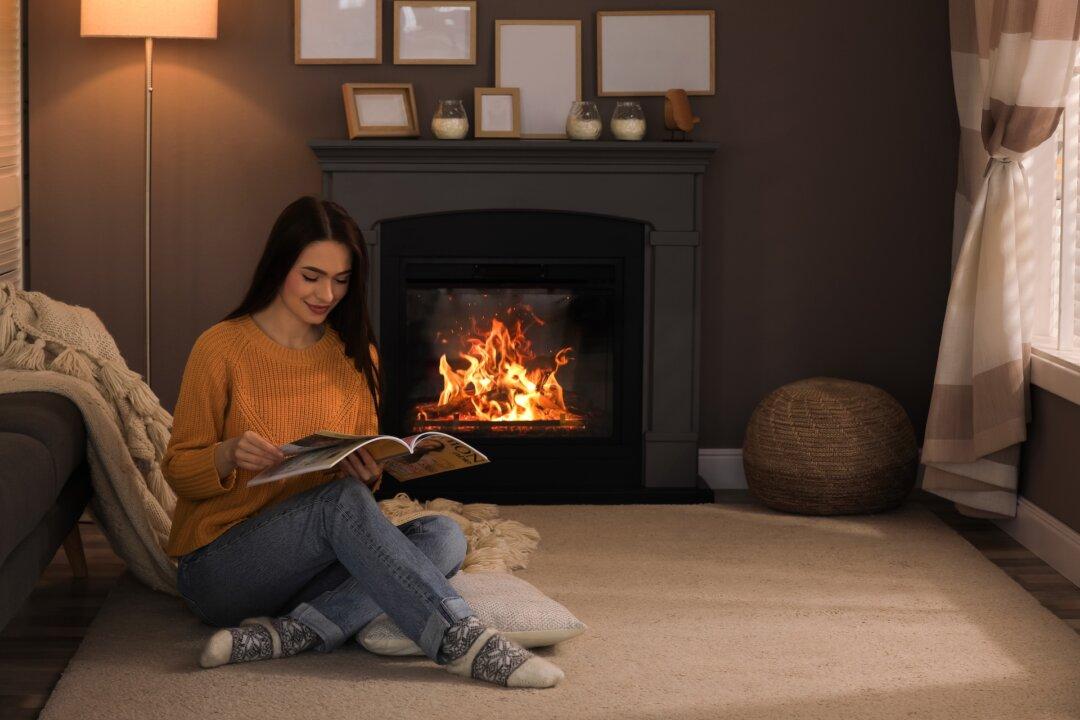Just because hardwood flooring is old does not mean it should have badly deteriorated. Hardwood flooring can last for centuries. There probably are some underlying problems that are causing the deterioration. Before you start your project, search for new hardwood that matches the existing floor. This way, you will be able to reuse some of the old floor.
Buckling and cupping are usually related to moisture issues—either too much or too little. The humidity level in homes can vary significantly from January to June. Even though the hardwood seems to be sealed with a durable urethane coating, moisture will get into the wood.
As the moisture content of any wood increases, the wood expands. When it dries, the wood contracts. This is the primary cause of cupping, where the underside of the wood is moister than the top surface. When the bottom expands and the top contracts, the hardwood cups.
It is important to find the source of the moisture under the hardwood and block it as much as possible. Don’t just take a sander to the installed cupped hardwood and sand it flat. It may look good for a month or two, but when the moisture level changes, it may end up being crowned instead of cupped.
To solve the cupping, you will have to remove the hardwood. Apply some type of film or spray-on sealer to block the moisture source from beneath. Once this is done, reinstall the hardwood and give it several months to stabilize. In either the spring or fall when the humidity levels are often in the mid-range, sand the hardwood flooring to make it level.
Buckling of a hardwood floor is also related to moisture issues. Usually, the hardwood flooring was installed when it was too dry and in its contracted size. When it adjusted to its normal moisture level, it expanded. As it expands, the gap between the pieces shrinks until it is gone. At this point, the hardwood has no place to go other than buckling up.
As with cupping, remove the hardwood and apply a moisture seal on the subfloor. Allow the hardwood to acclimate to the normal room humidity and then reinstall it. Unless the tongue-and-groove edges were damaged when it buckled, the floor should lay reasonably flat.
Uneven gaps between the pieces of hardwood mean that some pieces are expanding or contracting due to moisture changes more than others. Areas with wide gaps are often located over a heating duct, which warms and dries the hardwood. If you have access to beneath the floor, lower the heating duct and put reflective foil insulation over it. Give it several weeks to stabilize and add slivers of wood in the extra-wide gaps.






